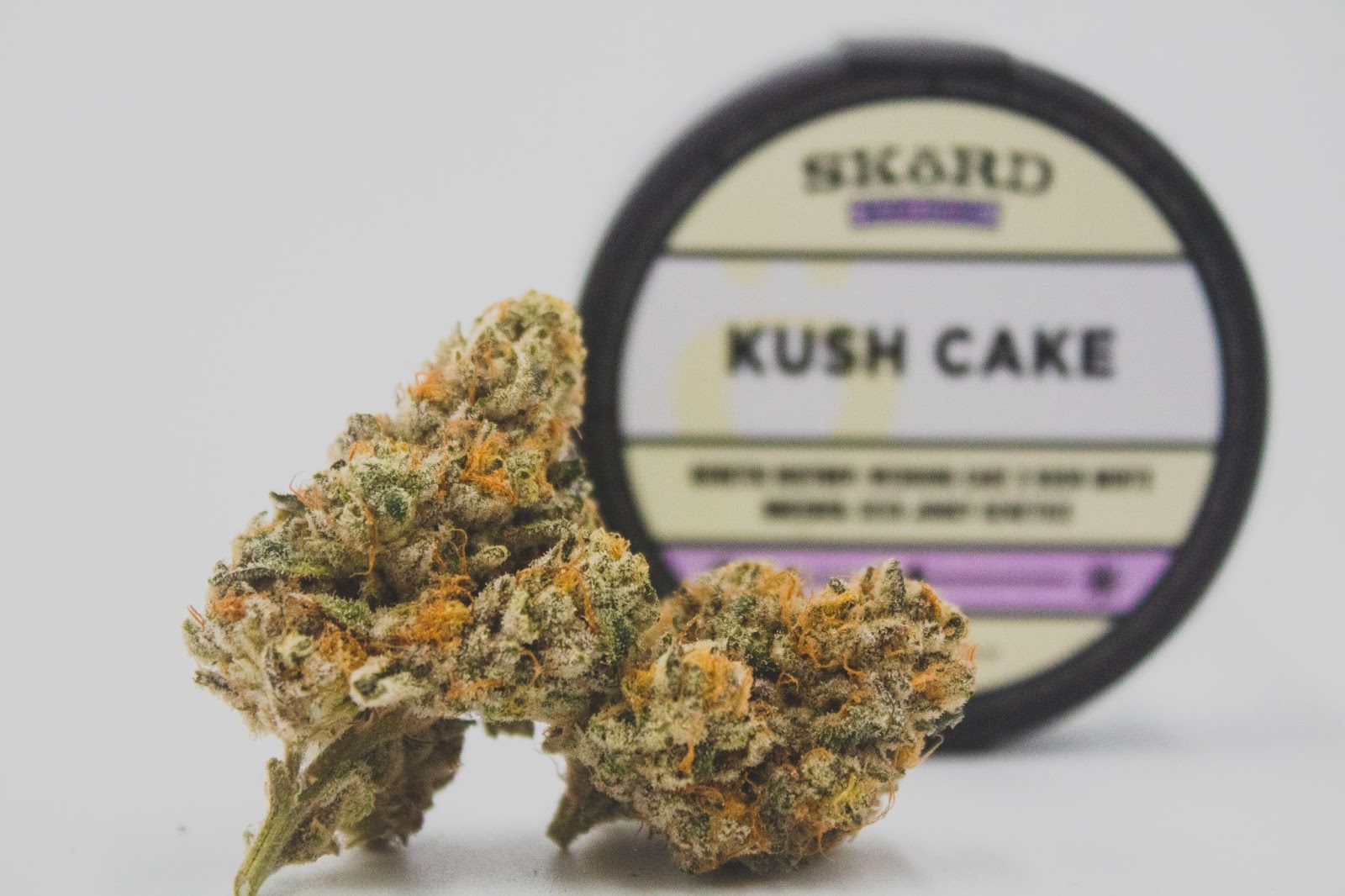There are some generalizations about the way indica makes people feel. This may or may not reflect your personal experiences with indica. Before we go making blanket statements about how one strain of pot will make everyone feel the same way, it’s important to get into the nuances.
Many strains of indica will have similar THC level, but their overall makeups are completely different. It would be silly to think that the experience they each provide would be the same. While there are some general rules about the way a particular strain might make you feel, there are more factors to consider than simply whether your cannabis is an indica or sativa.
What is indica cannabis?
From a scientific standpoint, all cannabis is the same. We’ve created labels for certain types of cannabis plants based on their unique properties, and generalized reputations come with those labels. Some plants simply look different from others depending on their unique chemistry. Indica plants are typically short, full, and bushy. The leaves are broad, fat, and stubby.
How is indica different from other cannabis strains?
There are four kinds of cannabis plants. There is hemp, which is legally grown for tons of things. Hemp is the cannabis we use to make things like rope, paper, skincare products, federally legal CBD wellness products, and biodiesel. Hemp is the official name for any cannabis plant that contains 0.30% THC or less.
There’s cannabis ruderalis, which grows in the wild. These plants are small, and their flowers naturally contain a very minimal amount of THC. Ruderalis is truly the “weed” of weed. It springs up everywhere in Russia and many parts of Europe. Growers aren’t very interested in it due to its lower potency and limited yield.
Then there’s sativa. Sativa strains are cannabis plants that grow very long and tall. The leaves are long, narrow, and pointy. Generally, sativa strains are regarded as the masters of the “head high,” where indica plants are known for causing a body high.
Most of the time, indica plants will have lower THC and higher CBD, and sativa plants will have lower CBD and higher THC. The preference of the average regular cannabis users has somewhat reshaped this distinction. People have developed preferences for higher THC in every plant, which changes its ratios.
Some indica strains barely have any CBD at all. This is usually the case for indica dominant hybrids. Read your lab reports for common strains before you assume the one you’re getting is actually the one you want. If you’re driven to indica for the promise of CBD, look for strains like Critical Mass. It has generous amount of CBD and a modest but effective amount of THC.
Despite indica’s reputation as a CBD powerhouse, strains like Critical Mass are actually hard to find. Most indica doesn’t actually pack that much of a CBD punch. If it’s the benefits of the CBD you’re expecting from an indica, you’ll want to specifically seek a high CBD strain.
This means that the true difference between indica and sativa plants, other than their outward appearance, is their balance of other cannabinoids and their terpene profiles. Terpenes are the aromatic oils in the plant that lend aromatherapeutic properties. Cannabinoids refer to a group of over 113 naturally occurring chemicals that are unique to cannabis plants, including THC and CBD.
Terpenes and cannabinoids may change the way that certain strains of cannabis impact (or benefit) their users. These things are the true factors in contributing to indica’s purported relaxing or sedating effects.
The cannabinoids and terpenes in indica
Northern Lights, Blueberry, and Grape Ape are popular strains of indica. Every strain is going to be slightly different in its cannabinoid balance and terpene profile. There are also a lot of cases where indica strains will overlap.
It just so happens that all three of these strains have very similar terpene profiles. They each prominently feature myrcene, beta-caryophyllene, and pinene as their primary aromatics. Myrcene is reminiscent of a spicy, floral, sour fruit. Some people compare myrcene to mango. Beta-caryophyllene is often described as having a natural peppery smell, like spicy cloves. Pinene smells like sweet pine needles.
The combination of these aromatics may lead to these strains’ reputation as relaxing and calming. The aromas may combine to soothe the senses, giving these indica strains a tranquil flavor and fragrance that help to soothe their users.
These strains also feature common cannabinoids. All three will usually contain between 16% and 20% THC, 0.1% to 0.2% CBD, less than 0.1% CBN, and 16% to 20% THC-A. They differ mostly in their minor cannabinoids. Blueberry has triple the amount of THCV, Grape Ape has much less CBG-A but significantly higher levels of CBC.
